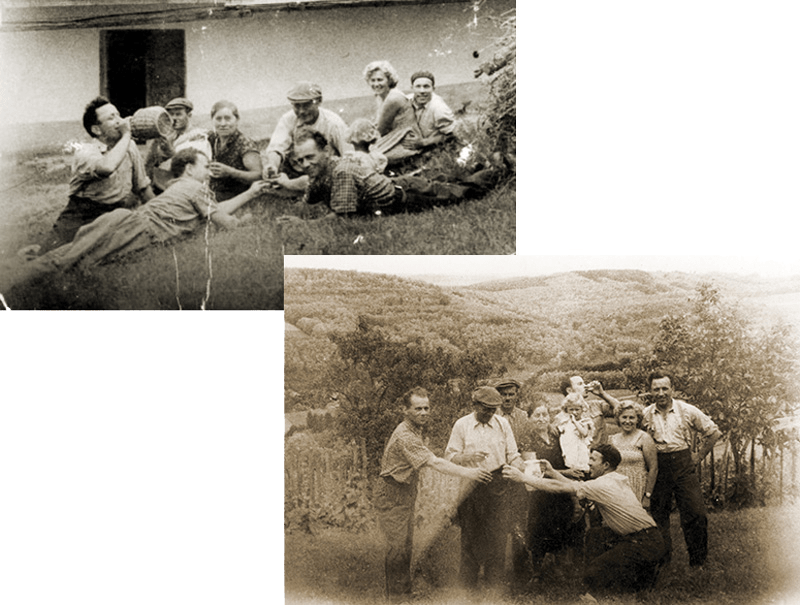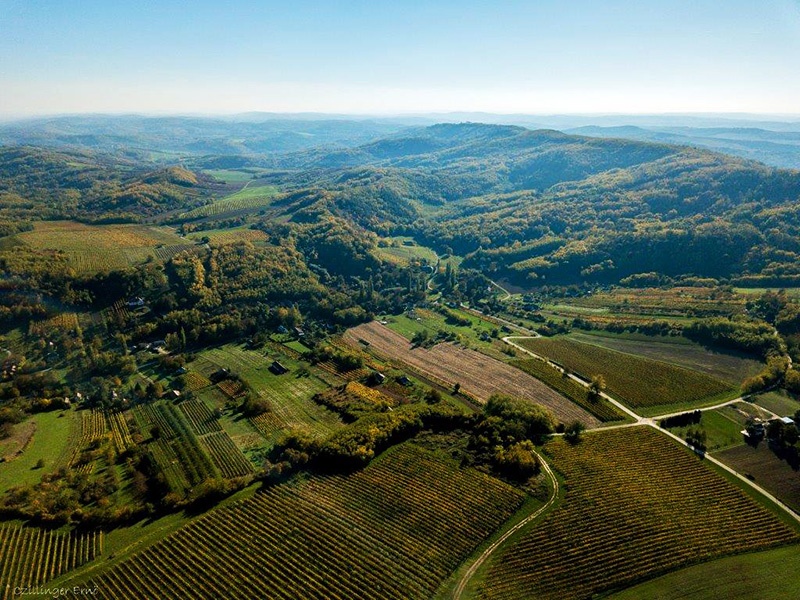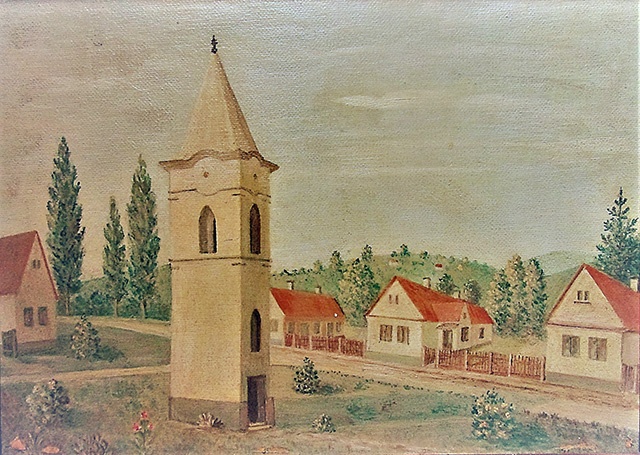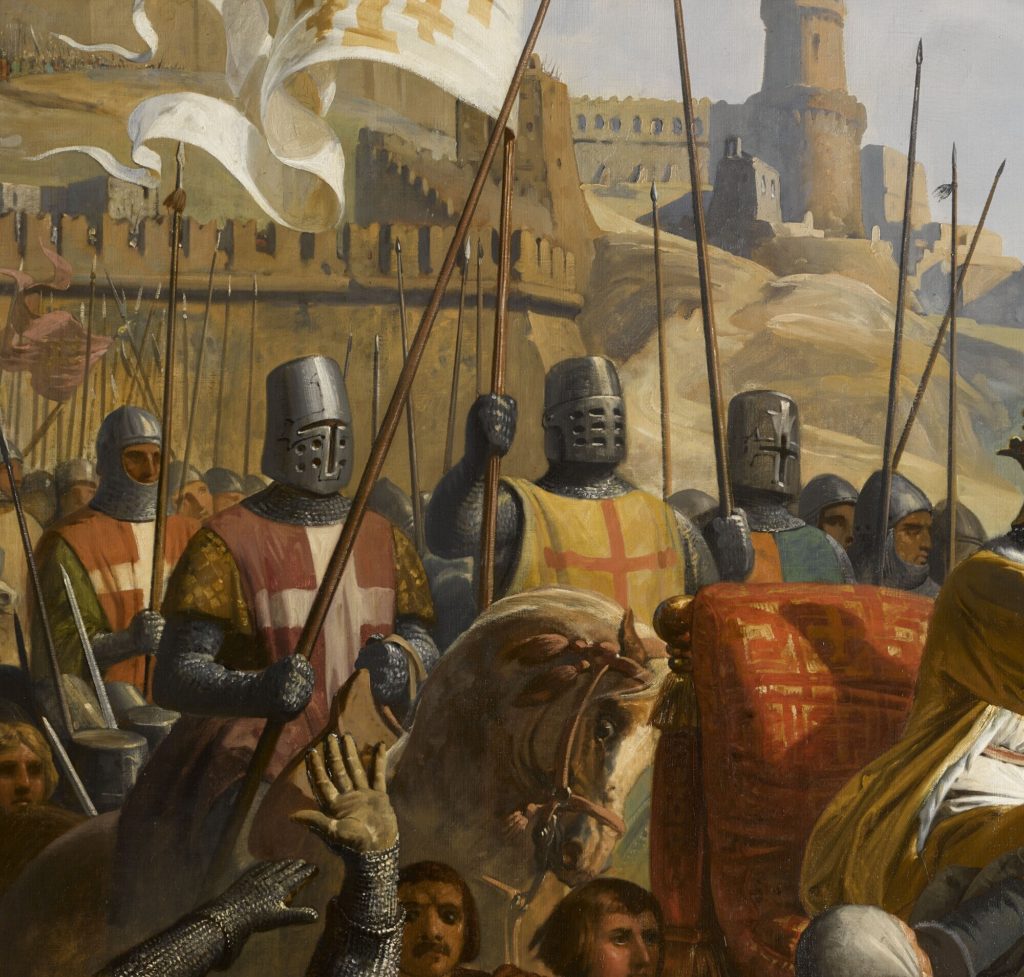
Vinum Veress Wine Cellar
The site, which is part of the Balaton Wine Area Region, offers a wide selection of wines particularly rich in acids and strongly scented. The climate here is cooler and rainier than the national average, with a high humidity level throughout the year and deep strate clay loess soil. The chestnut trees, embracing the vineyards on the southern and western sides of the hills are a clear sign of mediterranean influence.
Wine culture dates back to generations in our family.

Our property currently has a dimension of 13 hectares.
We grow the following brands Riesling, Müller Thurgau,
Pintes and Zöldveltelini.
In our new establishments we have included trendy world brands such as Pinot Gris, Chardonnay, Blue Frankish and Sauvignon Blanc, as well as traditional Hungarian types.
CSÁFORD


Painting by Jenő Hampó
In this village, whose number of inhabitants is constantly dicreasing, you can find a bell tower built int he 18th Century, along with a monument dedicated to the heroes of the First and Second World Wars reminding us of those fallen. The old school has been turned into a church and a village fair is held on the Sunday following the saint Kármelhegyi Boldogasszony.

The name „Csáford” so estranged to the Hungarian language dates back to the following legend. When Hungarian king Endre II. returned back from the crusades with his army, he was accompanied by a British knight named Stafford, who had not only won himself acclamation in the fights, but was also a mighty drinking mate. The faithful soldier was given the property of Csáford in recognition for his acts in the battles.
I heard it through the grapevine…